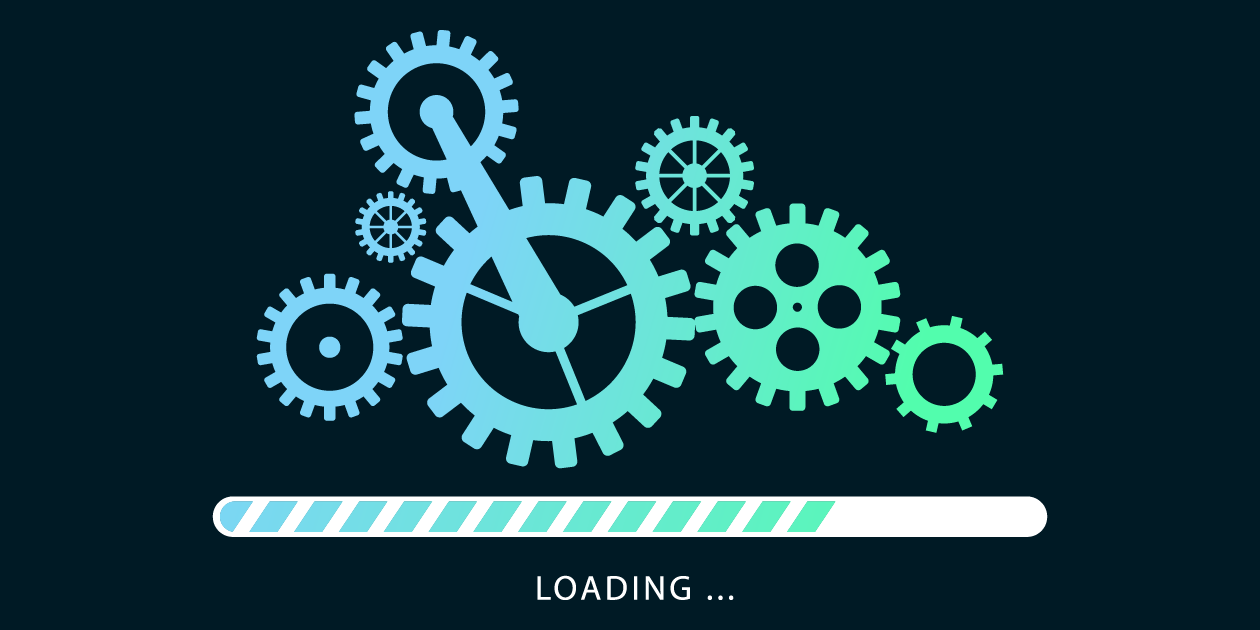
It’s likely your organization has a few applications that are considered “legacy” applications. The motto, “If it ain’t broke, don’t fix it” can be very appealing in short-term, but can end up back-firing in the long run. Learn more about the risks legacy apps can pose, tips for safeguarding your organization, and rules for identifying when upgrades may be necessary.
What Are Legacy Applications?
Legacy applications contain outdated or obsolete technology. For example, the software isn’t optimized, some third-party tools are obsolete, or the hosting environment has run out of its support life. Businesses tend to keep legacy applications because they serve a crucial business need and work reasonably well for the organization overall. Investing the time, money, and effort to modernize it hasn’t been a top priority.
Risks of Legacy Applications
While a legacy app isn’t inherently bad, there are some potential downsides to be aware of:
- Compatibility issues with newer systems that have been released that must integrate with the app
- Security holes for vulnerabilities that weren’t an issue when the system went live
- Third-party tools used for the hosting environment that no longer support the app in its current version
- Slow applications that frustrate modern users and open the door to your competitors
- Limitations on who can make changes to the app, how frequently changes can be made, how robust they can be.
- High maintenance costs
When Upgrades Are Inevitable
Eventually, legacy apps will need to be updated or replaced. If your site no longer works with modern browsers, you can’t add new features with the tools available, or you’ve identified security vulnerabilities, it’s time to take action. If you’re getting errors on your legacy app, check your third-party tools. I’ve seen many cases where the version of the third-party software used was 10+ years old, and an update removed the error!
Tips for Upgrading Legacy Applications
There are a few things to keep in mind when you do need to upgrade. The cost of rewriting a system may be high. You’ll need to design it, build it, and train users on it. To lessen some of this burden, I recommend that you upgrade early and often. Aiming for small, incremental changes will help you keep up with ever-changing technology and alleviate some of the risk and cost of updating. Keep in mind that the more current your system is, the easier it will be to continue your improvement process.
Signing up for newsletters and emails from third-party tools you are using will inform you of upcoming upgrades and new features you can take advantage of. It’s also important to stay in the loop for security updates or end-of-life announcements.
And lastly, read reviews of technology you are considering. Look for something that promises longevity and support. Ask the experts at DragonSpears if you have specific questions on something that’s not familiar to you.
Don’t let business-critical legacy apps sit on the back burner. If you need help creating a plan to ensure they continue to perform well for your organization,  to speak with one of our expert software consultants.
to speak with one of our expert software consultants.
